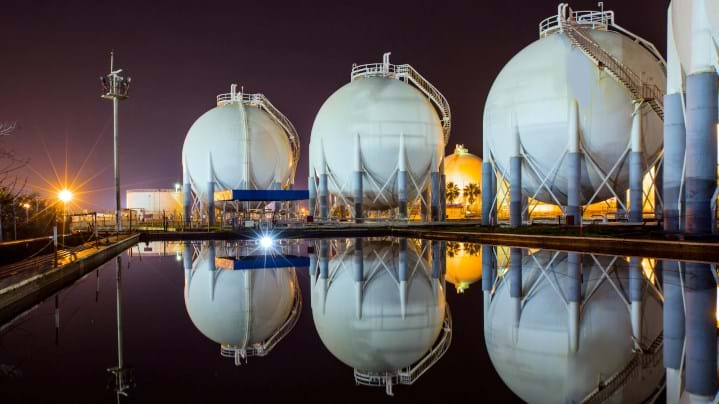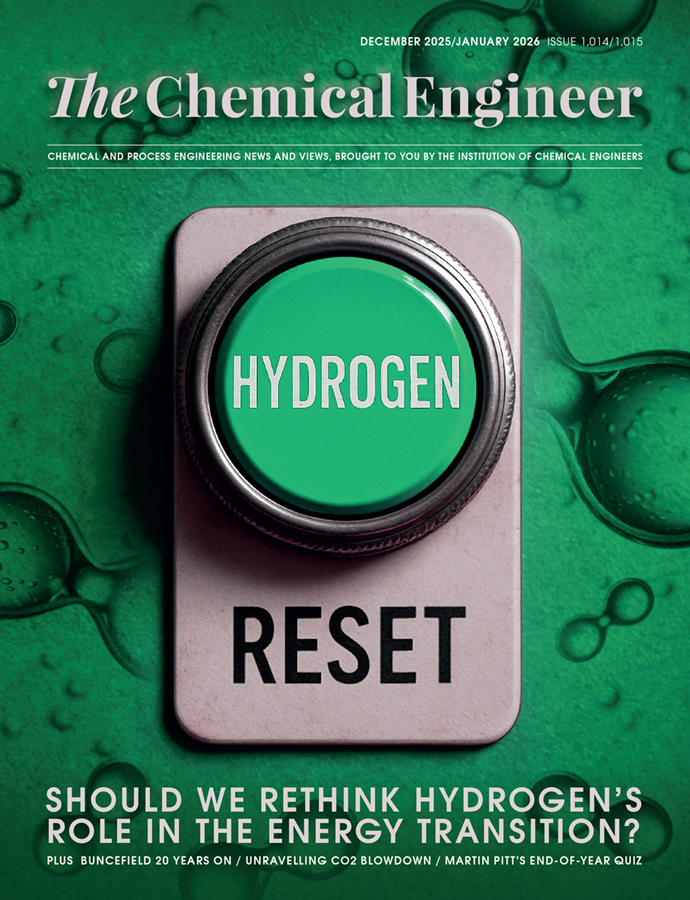Woodside greenlights US$17.5bn Louisiana LNG project

AUSTRALIAN energy giant Woodside has finally secured the funding to see through its mammoth Louisiana LNG project, furthering its goal to become a “global LNG powerhouse”.
The company’s final investment decision totals US$17.5bn, with private equity partner Stonepeak contributing US$5.7bn to fund construction for this year and next.
With partners Bechtel, who will be providing the engineering, procurement and construction (EPC) of the project, Louisiana LNG is expected to produce an initial 16.5m t/y of LNG. Its capacity is projected to be 27.6m t/y.
Woodside says output from the project in Calcasieu Parish, Louisiana, will increase its total global LNG portfolio to 24m t/y by the 2030s – equating to more than 5% of the world’s LNG supply.
Meg O’Neill, CEO of Woodside, says the project “boasts an asset lifespan of more than 40 years” and will have access to well-established interstate and intrastate gas supply networks.
US LNG
The US is the world’s largest exporter of LNG, exporting around 88m t last year according to Reuters. Data from market intelligence firm S&P Global reveals that these exports contributed over US$400bn to the US economy.
On his first day back in office, US president Donald Trump said he planned to “unleash American energy”, relaxing regulation on oil and gas with a series of executive orders. These included ending the pause on new projects for LNG, with Trump approving the Commonwealth LNG project, which will also be in Louisiana.
O’Neill told Reuters that Trump’s spearheading of LNG “boded well for the project”, adding that “the project benefits from access to abundant low-cost gas resources in the United States”.
Green precautions
Several organisations have opposed the project due to its potentially harmful emissions, with the Australasian Centre for Corporate Responsibility (ACCR) stating it would increase Woodside’s total annual Scope 3 indirect emissions by more than a quarter.
Woodside has no provisions for reducing Scope 3 indirect emissions but has maintained a plan to cut its direct Scope 1 and 2 emissions by 30% by 2030, with a goal of reaching net zero by 2050.
Recent Editions
Catch up on the latest news, views and jobs from The Chemical Engineer. Below are the four latest issues. View a wider selection of the archive from within the Magazine section of this site.




